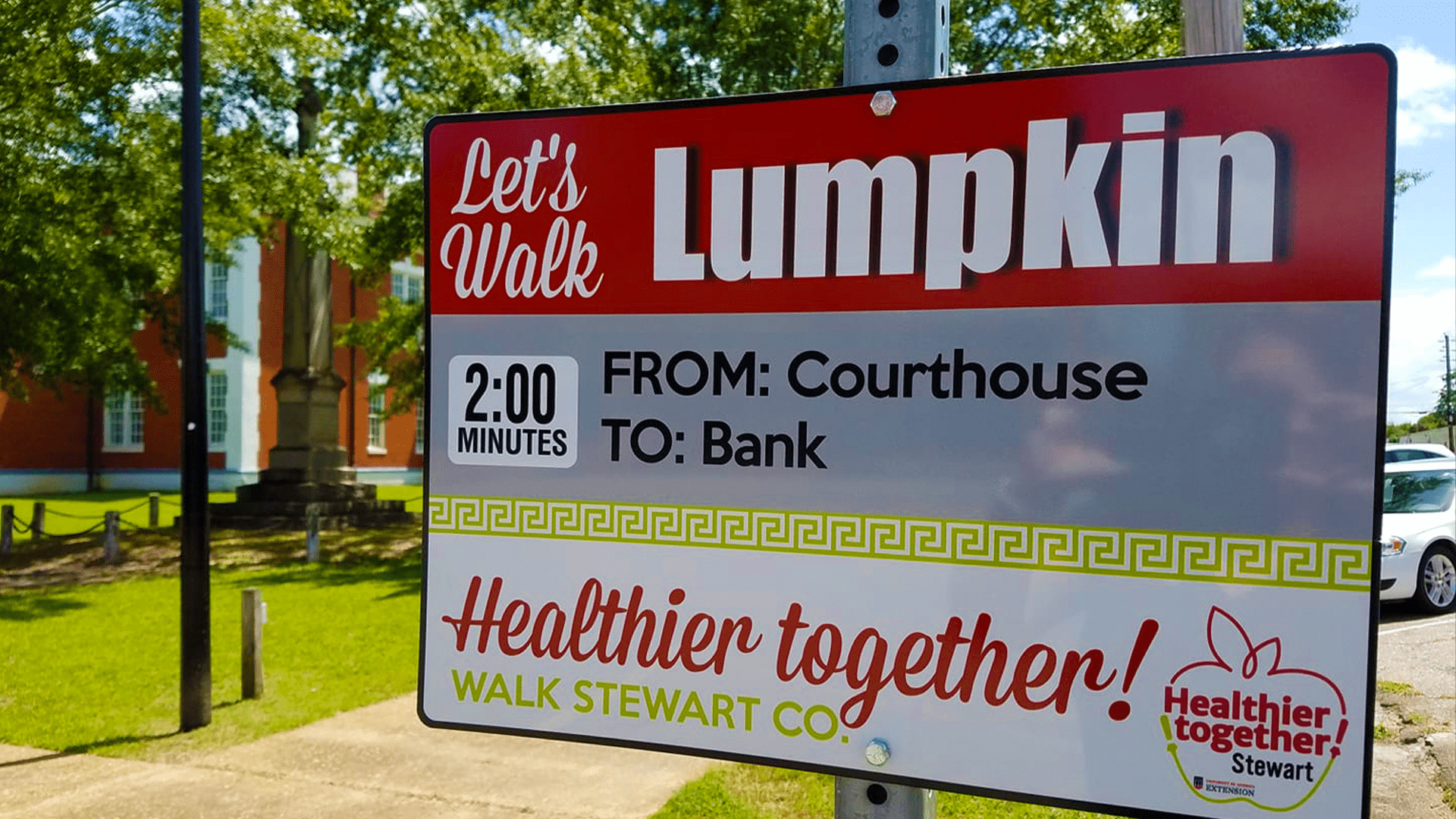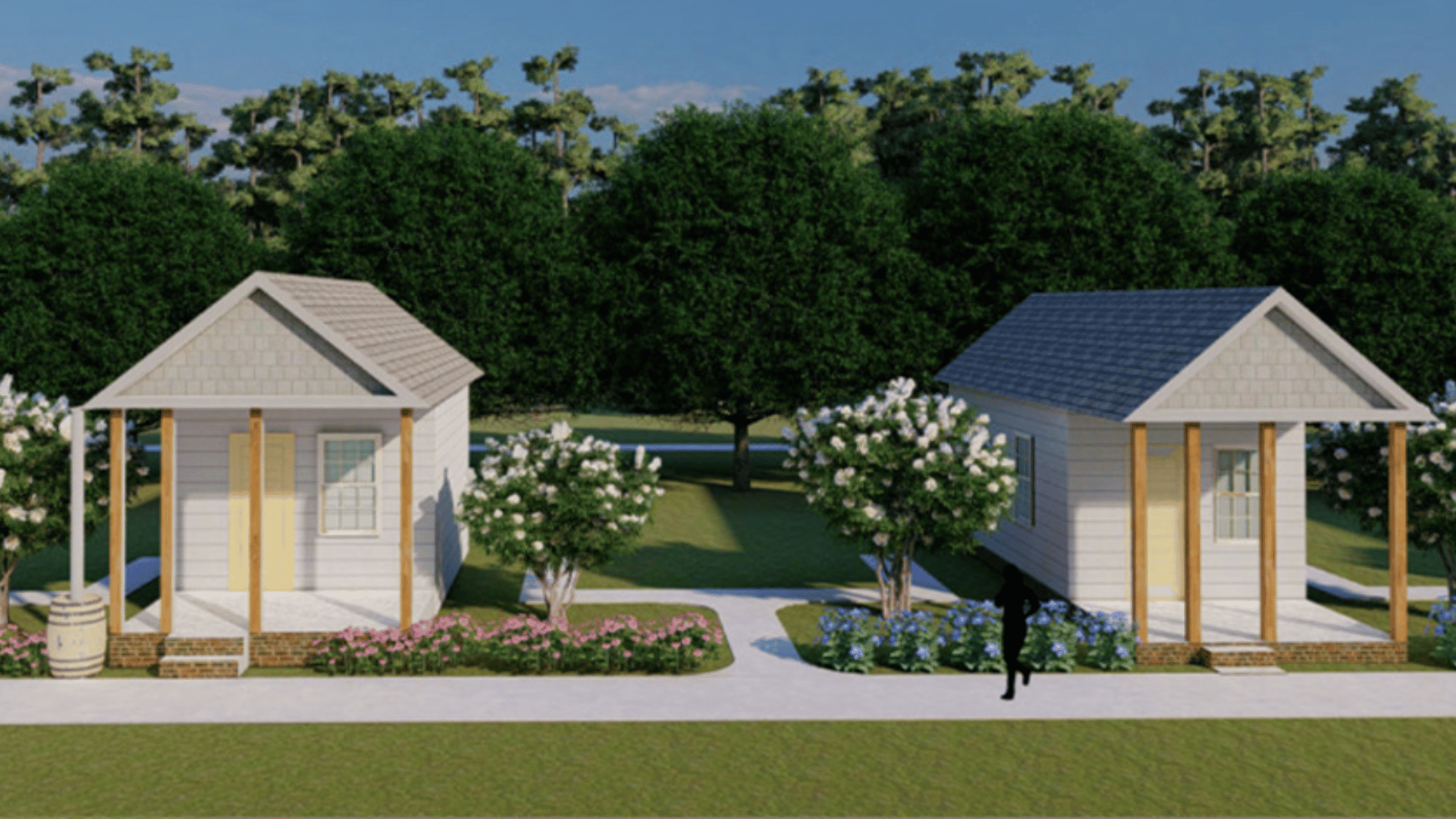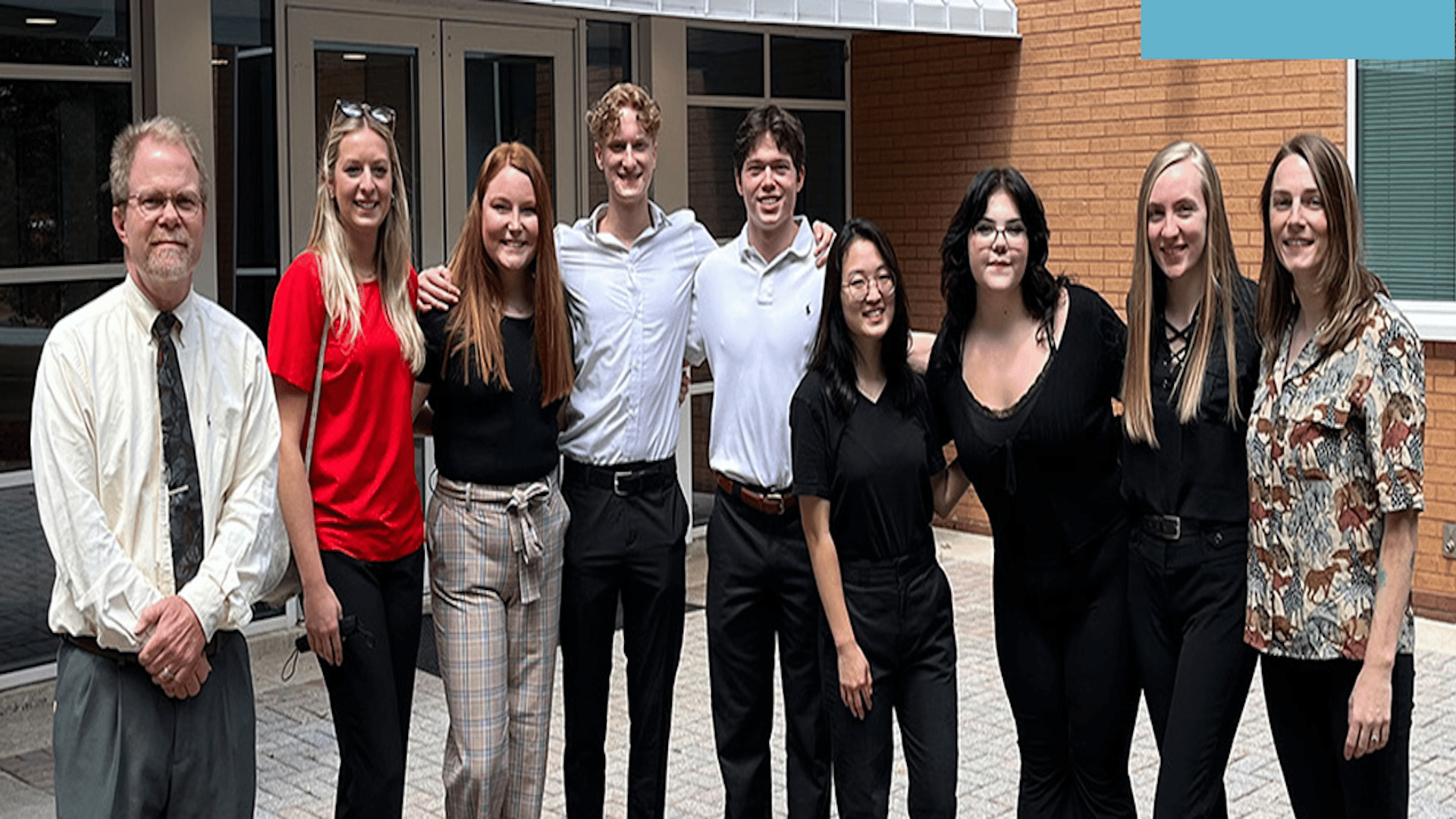Research Sites
The work of the Cultural Landscape Lab focuses on specific cultural landscapes, and the lab’s relationship with these places and their on-site stewards is intended to be mutually beneficial and enduring. Because we are interested in learning how to care for a landscape beyond the span of an individual human lifetime, we strive to know these places deeply and intimately. For these reasons, we expect the lab’s activities to center on only a small number of places, perhaps five or six landscapes and the communities of people who care for them. Because we are committed to learning as much as we can about the art and science of caring for cultural landscapes, we are cultivating relationships with places that are diverse in terms of their size, cultural histories, political circumstances and governance frameworks, ecologies, and geographic contexts.
Introduction to Research Sites
The Cultural Landscape Laboratory works with landscapes ranging in size from less than three acres to nearly 1,900 acres. They exist in urban, suburban, and rural contexts. They occupy locations within grassland, temperate forest, marine, and estuarial biomes, and they encompass distinctive forest, savanna, agricultural, marsh, swamp, and riparian ecological communities. The laboratory’s research sites trace the legacy of European colonization of North America, the cultural history of American Indian nations, the rich traditions of African-American communities, and the unique art and lifeways of the Gullah-Geechee people who inhabit coastal Georgia. These landscapes tell stories about human suffering and triumph, environmental degradation and recovery—stories that are both beautiful and tragic. They teach us about the difficulties and the joys of caring for land and the community of life that comprises it.
The lab collaborates with the people who own and care for these places to develop, implement, and evaluate strategies for cultural landscape management and interpretation. Our work builds upon the professional procedures for cultural landscape preservation developed by the U.S. National Park Service, while also exploring new possibilities for research, innovation, and education. Our research sites also serve as “field labs” for the next generation of cultural landscape professionals, creating opportunities for UGA graduate students to further their education with valuable “real-world” research, design, planning, and management experiences.




